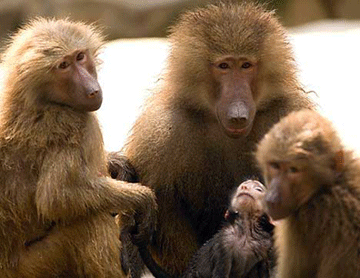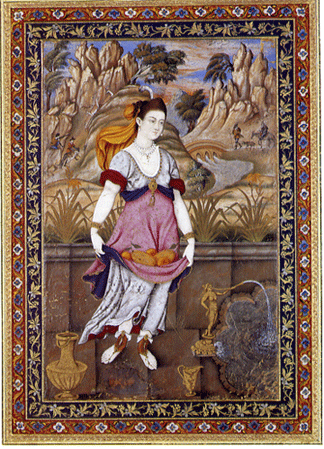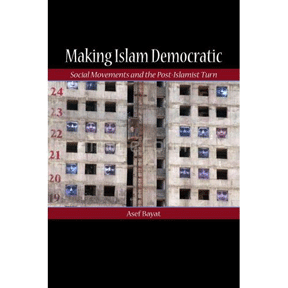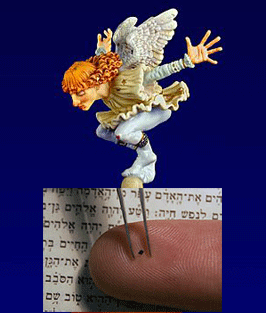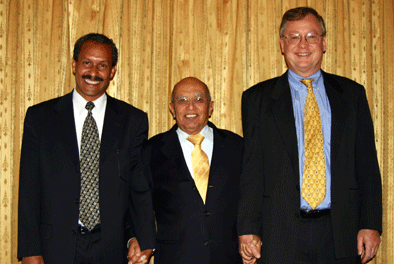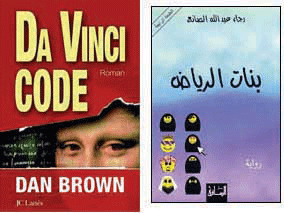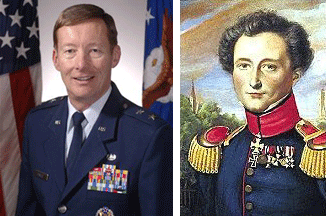
Maj. Gen. Charles J. Dunlap Jr., left; General Carl von Clausewitz, right
The surge to victory for John McCain in yesterday’s New Hampshire primary is attributed by Senator McCain to his telling the truth on a statewide bus tour. Truth and politics are seldom embedded fellows, so surely there is more at stake. It may be that the seeming success of the “surge” of U.S. troops combined with McCain’s last ditch, Chuck Norris tactic of shouting that he will get Osama on Day One in the White House was a factor in rousing New England independents to brave the snowbanks. Less American soldiers are reported dead in the daily papers, the suicide bombings in Baghdad are claiming less lives, and the economy looms larger in voter minds in the current trillion-dollar-deficit-spent free fall. The Democrats, on the other partisan hand, dismiss the Bush/McCain surge as the kind of military victory that can not win the diplomatic war in the end. Most of us would like to find some kind of truth in all the spin, but the super-media-charged primary machine surges on with truth as the main casualty.
So what do the generals say we should do? Today’s New York Times carries an op-ed commentary by Charles J. Dunlap Jr., an Air Force major general, who is about to publish a monograph called Shortchanging the Joint Fight?. In the general’s gung-ho “We Still Need the Big Guns,” he writes tooth and Clausewitz that effective counter insurgency in Iraq and future conflicts still needs to be measured in dead insurgent bodies. As he states:
Many analysts understandably attribute the success to our troops’ following the dictums of the Army’s lauded new counterinsurgency manual. While the manual is a vast improvement over its predecessors, it would be a huge mistake to take it as proof — as some in the press, academia and independent policy organizations have — that victory over insurgents is achievable by anything other than traditional military force.
Unfortunately, starry-eyed enthusiasts have misread the manual to say that defeating an insurgency is all about winning hearts and minds with teams of anthropologists, propagandists and civil-affairs officers armed with democracy-in-a-box kits and volleyball nets. They dismiss as passé killing or capturing insurgents. Continue reading Truth, Troops, Tooth and Clausewitz →
